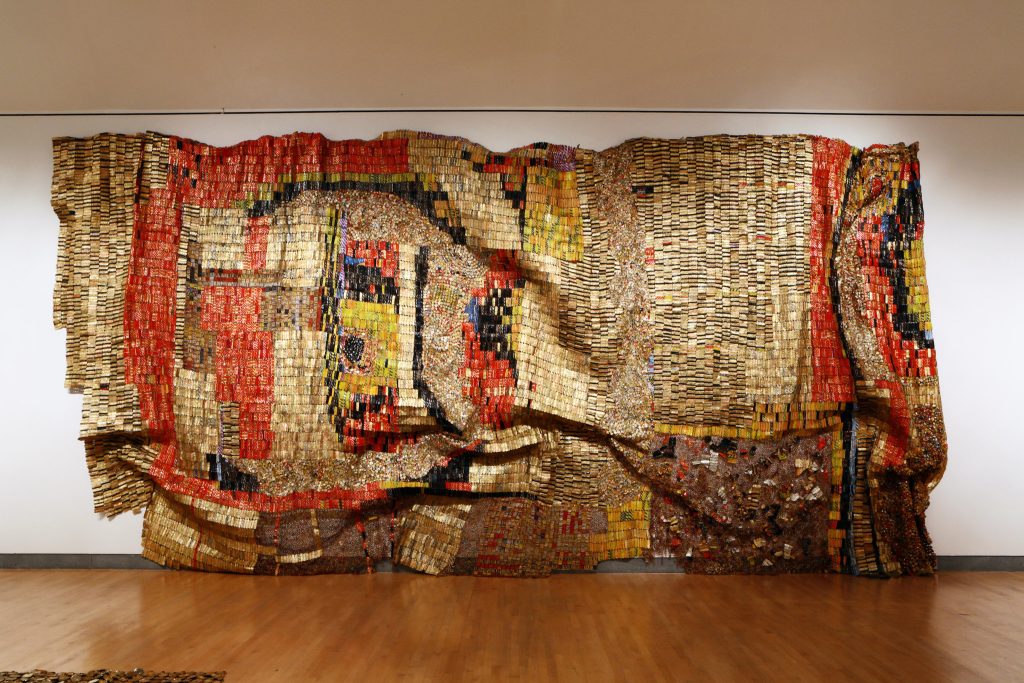"I would like to think a picture is finished when it feels not new but old. As if its forms had lived a long time in you... It is the looker not the maker, who is hungry for the new. The new can take care of itself."
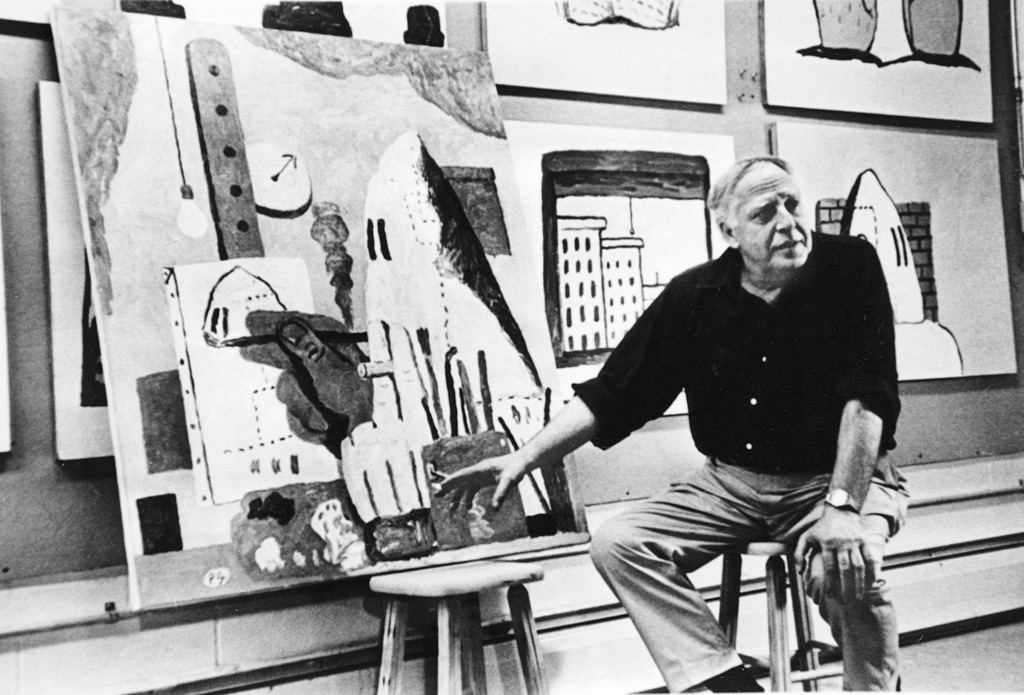
I visited the Phillip Guston exhibition at the Tate over the weekend. It was a very inspiring journey through an Artist’s process, with lots of profound quotes from the artist throughout the exhibition. I’m hoping to take some inspiration from these conversations about the process of an artist and apply them to some improvisations for my Portfolio.
"Probably the only thing one can really learn, the only technique to learn, is the capacity to be able to change"
I did not know a lot about the artist going in, it was recommended by a friend and I had some time to kill in London before going to see Arto Lindsay in the evening.
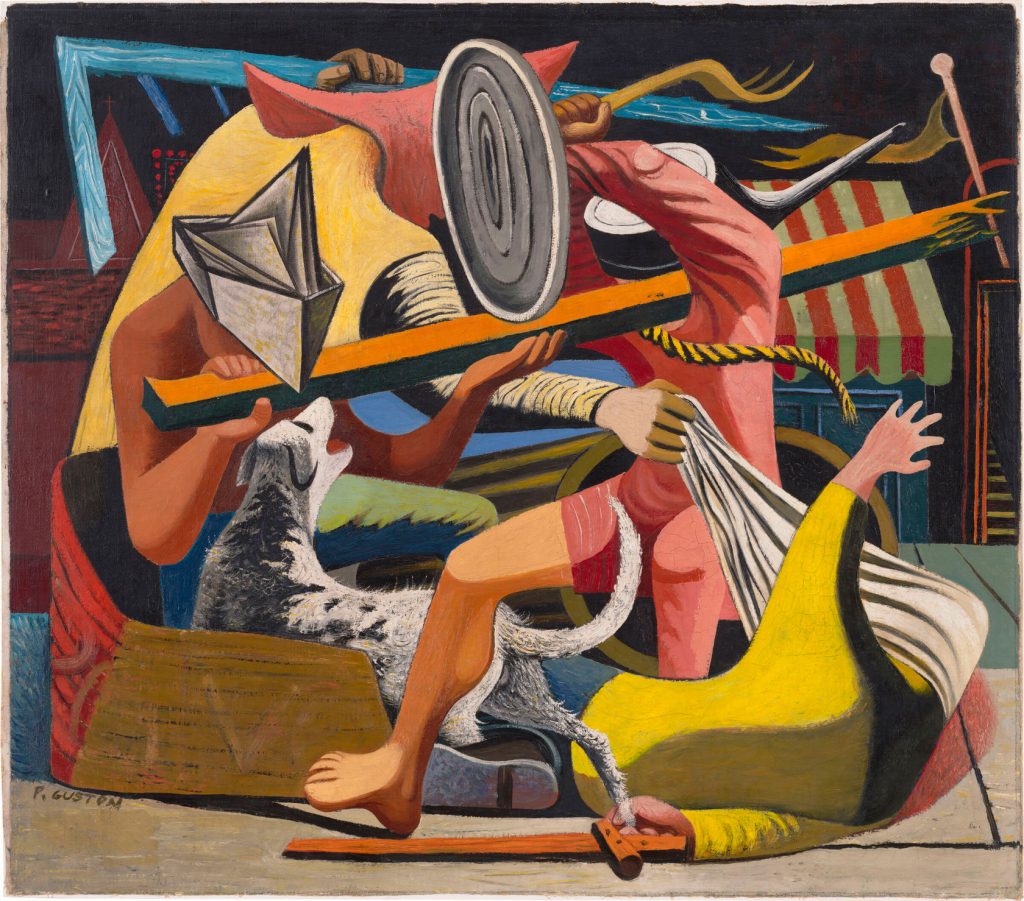
It was very interesting to see his development from Surrealistic works. Further into more abstract territory. A lot of these early works are very striking due to their political nature. He was painting a lot of scenes of War, painting scenes of Racism in America with the Klu Klux Klan, which obviously was a theme he came back to later. I did not know much going in, I might have been put off by his more famous later works, but through understanding his passionate involvement in anti-racism campaigns in his early life, it’s clear he was driven by anti-racism principles. He was interested in reflecting the uncomfortable cost of American society and it’s principles of freedom and liberty.
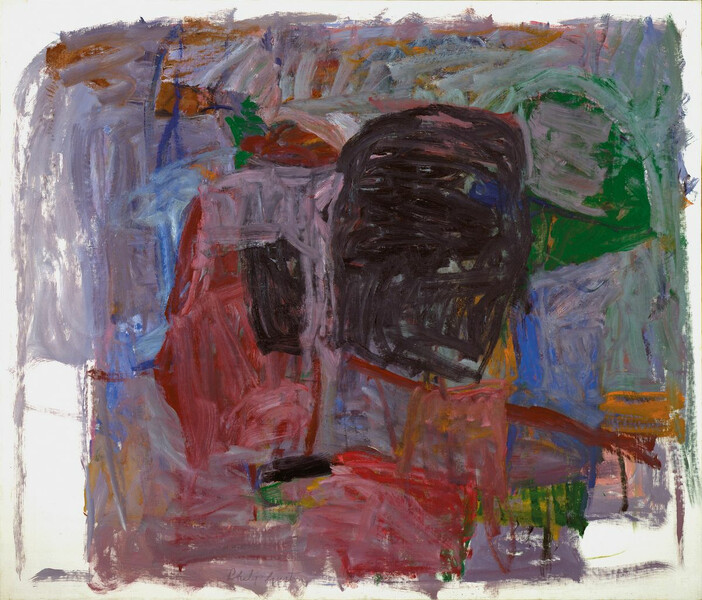
Kierkegaard on Mirrors: “To see oneself in the mirror one must recognise oneself”
I particularly liked the self portraits. A black rounded rectangle resembles a head. The exhibition had a couple of these self portraits next to each other, increasingly more grey was introduced around these black, scribbled head silhouettes. To me it represented maybe a sort of, pessimism or sadness he felt – or maybe a type of nihilism. Using colour to express his thoughts, feelings or spirit. In this room a piece of music Morton Feldman composed for Guston. Guston also had contributed Artwork to a record sleeve for the composer.
This quote of Kierkegaard is evocative of the discomfort of the self.
"when the paint doesn't feel like paint... and you feel like you've just made a thing, like a living thing is there"
"I want my work to include more. And 'more' also comprises one's doubts about the object, plus the problem, the dilemma, of recognising it"
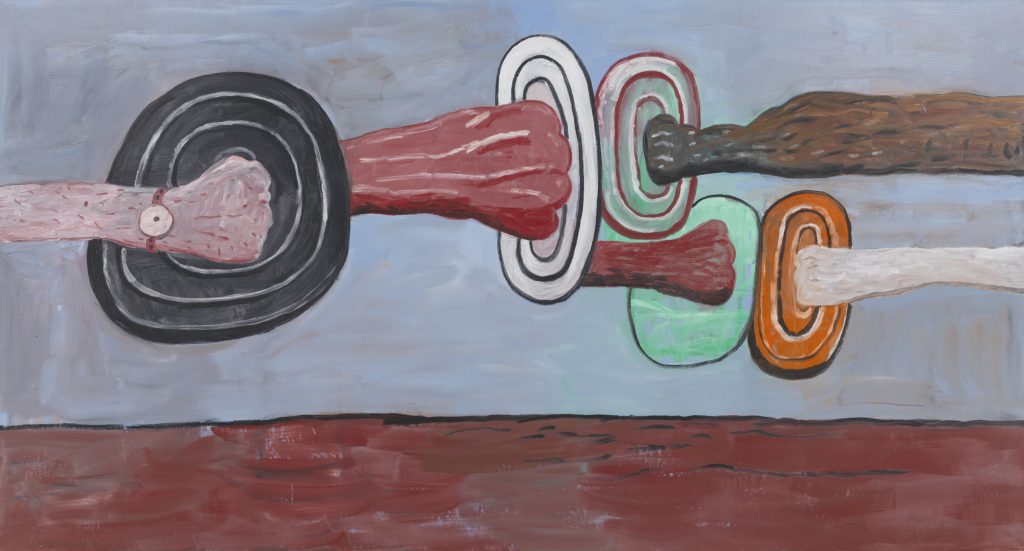
Thinking about Sound Art in painting when looking at this piece. I am not sure if these fists are holding onto or punching these circular objects, are they dust bin lids? A lot of Guston’s later works featured limbs. I can hear the sound of a fist hitting a metallic object in my mind when looking at these. Is memory triggering a sound, enough for something to be Sound Art?
"A painting feels lived-out to me, not painted... So the paintings aren't pictures, but evidences - maybe documents, along the road you have not chosen, but are on nevertheless."
This last quote really resonates with me as a recording artist. I often talk to visual artists about how jealous I am of their ability to listen to music whilst creating art, and how I wish I could do that, but I make music… I am also jealous of visual artists because of their ability to document their practice so easily. The act of drawing is documentation. Playing my guitar is not, it dissipates into the world. If I haven’t been recording, it’s gone. I believe that the shapes I subconsciously make on the guitar are based on all those times I had the feeling of missing something that should’ve been captured. So my playing style is a documentation of hundreds of songs that have been forgotten. I should also make an attempt to document more than I do though. But a recording is rarely an evidence of performance.
Basanta talks about sound installations being a linear piece that the viewer is in control of, based on their choice of where to stand, and the longevity of their stay in the room. I think this also extends to the eye in a gallery space, especially when viewing sculptural or larger scale installations. We are a camera navigating the space in control of the frame. This was in my mind from the display in the main hall of the tate by El Anatsui. Large meshes of liquor bottle caps were flattened and sewn together. Creating giant metallic drapes, with intricate pairings of bottle cap colours. These folded over themselves from the ceiling to the floor. Looking like the flow of a waterfall frozen in time. There was a tacit feeling of depth I couldn’t quite understand. I could only describe at the time as ‘visual asmr’. It was pleasing to look at. The mesh of materials and the folds within the mesh had this satisfying affect with flurried dynamics of light and colour.
